Finally got some breadboards and set them up with power regulators and all.
Then got to make some simple circuits. Yay electricity!
And with a potentiometer:
Moving on to the digital circuit with the Arduino. Same effect as the analog circuit but using the microcontroller. The LED is illuminated at varying levels of brightness using Pulse Width Modulation (PWM)…in brief PWM means that the LED is turned on and off very quickly – more quickly that we can see. The concept is based on a duty cycle – the percentage of time that the pulse is active at full voltage compared to the period. A duty cycle of 50% (on at +5v then off at 0v) would provide a net voltage of 2.5v and half brightness of the LED. Map the input from one of the analog inputs on the Arduino to a PWD output and you get analog output.
More fun…playing with Galvanic Skin Response…same circuit…same code [i just noticed that the videos don’t have audio, which only really matters for the bottom video with the speaker]:
Which made me start thinking about other sensors. Here’s an example using an infrared emitter / collector.
Just about the same code…different sensor:
Which got me thinking about using infrared for heart rate detection. Unfortunately, without an op amp the signal/noise is making it really difficult to get stable readings. However, with just the right pressure on the LEDs I was able to get accurate readings:
Then, just for kicks I started messing with a piezo speaker…fun, but I need to work on the output for better frequency range.
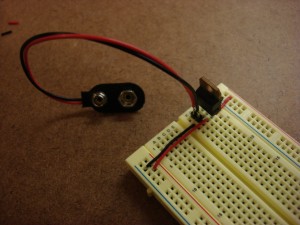
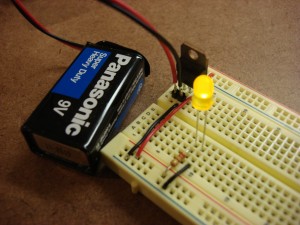
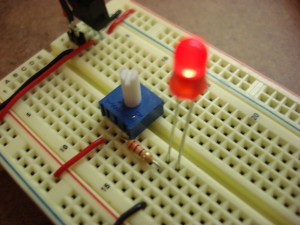
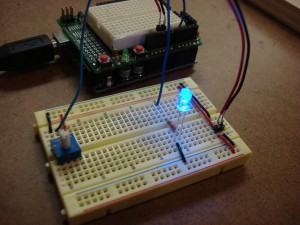
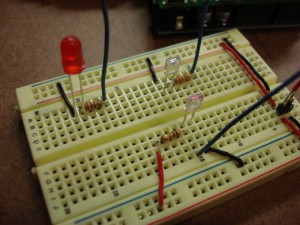
Leave a Reply
You must be logged in to post a comment.